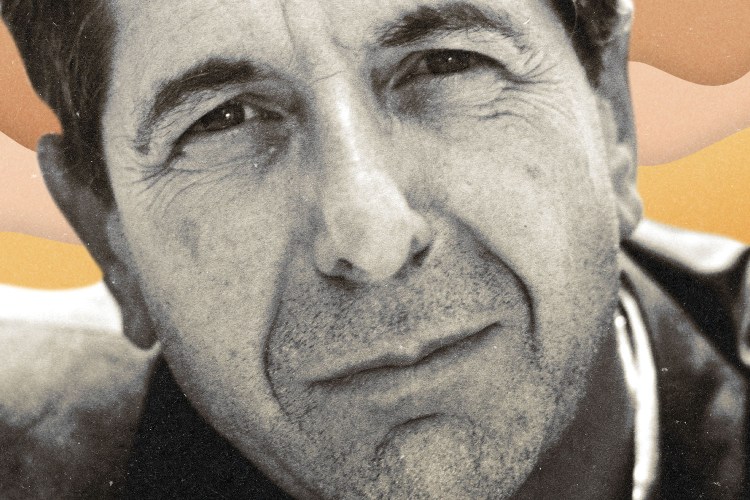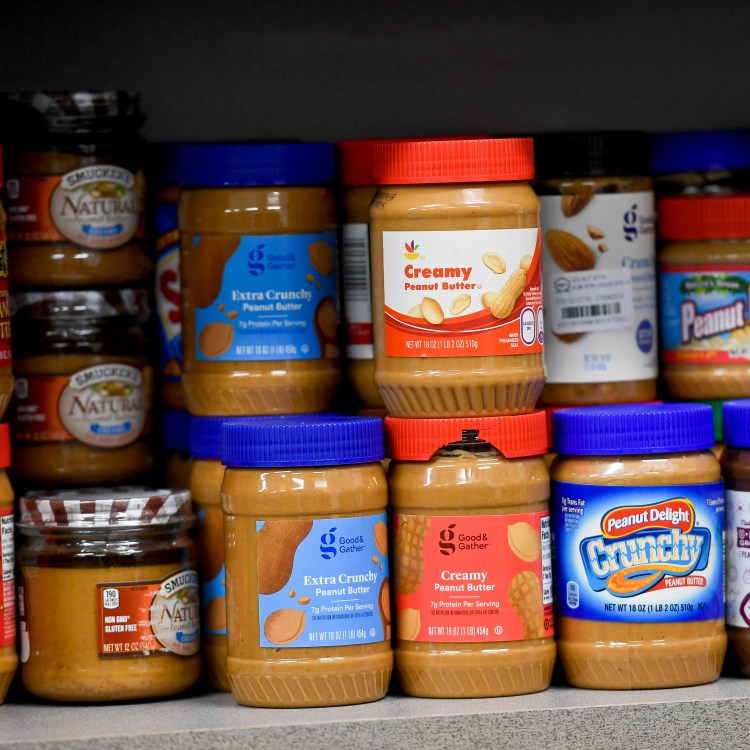As random days in the future go, September 27, 2025 wouldn’t seem to be all that spectacular. It’ll be a Saturday; Gwyneth Paltrow, Lil Wayne and Steve Kerr will all celebrate birthdays; and a couple people on social media may pay homage to “National Scarf Day” (at least a month too early in the year, in our opinion).
For an offbeat subset of forward-thinkers, though, that date has the potential to hold some special significance. It’s exactly 1,000 days from January 1, 2023.
Of the 41% of American adults who will trot out brand-new resolutions a month from now, less than 10% of them will stick to/reach their goals through the end of the year. Most won’t even make it out of January — according to analytics from Strava a couple years back, January 17 is “Quitter’s Day,” the point at which most runners, cyclists, rowers and hikers jump ship on their activity goals.
Fitness goals tend to rule the resolutions roost (“exercise more,” “eat healthier” and “lose weight” were the top three heading into 2022), but all sorts of plans can fall to the wayside during the course of a year, from spending more time with family, to spending less time on social media, to finding a new job, to finishing a creative project.
When these intentions go neglected, it’s natural to feel guilty or apathetic. It also gets a little easier, year by year, to cast goal-setting as a doomed or trifling practice. You got through another year, right? Isn’t that enough?
It could be, of course, if you feel connected, engaged and inspired across various aspects of your life. But there’s probably a reason you set some goals for yourself in the first place, like any and everyone else. And retooling the process could be the lifeline you need. That doesn’t mean setting new goals, necessarily, but giving yourself more time to pursue them.
My Year of Stress and Agitation
Ex-analysts at America’s biggest investment firms reflect on all the sleep that never cameOn a recent episode of The Rich Roll Podcast, the eponymous host sat down with fellow endurance legend Gordo Byrn, a onetime-obese investment banker who transformed himself into an elite triathlete in the early aughts. Byrn’s longpath mindset is well-known in endurance circles, and he explained the origin of his preferred “1,000-day” planning:
“It’s January 2001. Scott Molina and I are riding up Evans Pass in Christchurch. He leans over and says to me, ‘How long are you gonna give this thing?’ Because he’s agreed to take me on as an athlete. He’s a former world champion, Ironman Hawaii champion…it’s a real opportunity for me. He says: ‘Before you make any decision, I want you to give it three years.’ That’s where the one-thousand days comes from. You got to give it three years, just to see where it takes you.”
Byrn wasn’t sure he had three years in him, but he followed Molina’s advice. Just two years into his training, he won the Ultraman World Championship. A couple years after that, he clocked an astonishing time of 8:29:00, good for second place at Ironman Canada. (The average men’s Ironman time is 12:49:00.) On spotting himself three years — which is a timeframe of about 1,000 days — Byrn said: “It worked. I pay attention to things that work.”
Roll offered a similar two cents: “Most people over-index on what they think they can do in a year, and completely miss the boat when it comes to what they could accomplish in a decade. By casting your glance much further down the line, and making life decisions around that, [it] provides you the capacity and the space to actually achieve whatever thing always eludes you, despite you making it a New Year’s resolution year after year.”
It makes sense that multi-year schedules work for endurance athletes, who, as an infamously disciplined subspecies, tend to look far off into the future: Beat this time, qualify for this race, take this shot at the Olympics, etc. But the philosophy can be applied to pretty much anything you want to find growth and improvement in, much the same way that any category of life qualifies for a New Year’s resolution.
Consider: What do you want your career to look like on September 27, 2025? What sort of parent do you hope to be? Do you want to move somewhere? Which friends do you hope to still be in contact with?
There are steps you can take in the first few weeks of 2023 in service of any one of those aspirations, but, crucially, they should be baby steps. Why? Because you have 970 more days to work with. It’s admirable that so many Americans try to hit the ground running each January, setting up a new gym memberships or going cold turkey on Coors Light, but it’s also unsurprising that such pronounced and spontaneous lifestyle shifts tend to crash and burn.
Building up slowly accounts for those inevitable “two steps forward, one step back” mishaps, just without the threat of a fast-flying year. You can budget for procrastination and setbacks, while still flinging happy and hopeful buoys into the unknown; they’ll act as energizing markers for where you’d like your small business, golf swing or carbon footprint to be in six, 12 or 24 months.
It’s customary to feel skeptical of 1,000-day planners. Their calendars seem hawkish, hubristic. Of course the sort of people who promote this philosophy online also work in finance, get up before 5:00 a.m. and work out at a CrossFit gym. (Seriously.)
But thinking about the future doesn’t have to mean transforming yourself into a wellness podcaster’s wet dream. It’s a blueprint for slowing down, prizing small victories, eliminating shortcuts and weaning yourself off of instant gratification culture. The thing you’re building towards doesn’t have to be huge, like selling a screenplay or building a home. For some, it might even be better if it isn’t, lest they reach September 28, 2025 and a crippling case of “arrival fallacy” sets in.
None of this is easy to do. But the payoff is worth it. A well-executed 1,000-day calendar can help you develop a reliable sense of calm and focus, no matter what the future contains. And remember, the future tends to contain a lot. It’s equally capable of bringing things heartwarming (say, a surprise birthday for one’s daughter) and heart-wrenching (a surprise cancer diagnosis for one’s mother).
For the former, as one 1,000-day planner told Inc., “I feel more present in big moments because I’ve thought about [them] three years before.” And while there’s no way to truly prepare for a gut-punch like the latter, it’s a lot harder to give others the attention or care they deserve when you’re constantly feeling unmoored or unfulfilled yourself.
If you’re struggling to wrap your head around the length of 1,000 days, here’s something to chew on — we are almost exactly 1,000 days since the pandemic “started,” in those world-rending first two weeks of March 2020. What does 1,000 days feel like? The start of lockdown to this very moment.
That’s a long time. And this time around — while we can’t say for sure what March 2023 will bring — life seems to have finally settled back into its familiar rhythms. Now’s the time to embrace them and add some new ones. Rhythms beat resolutions any day.
This article was featured in the InsideHook newsletter. Sign up now.























